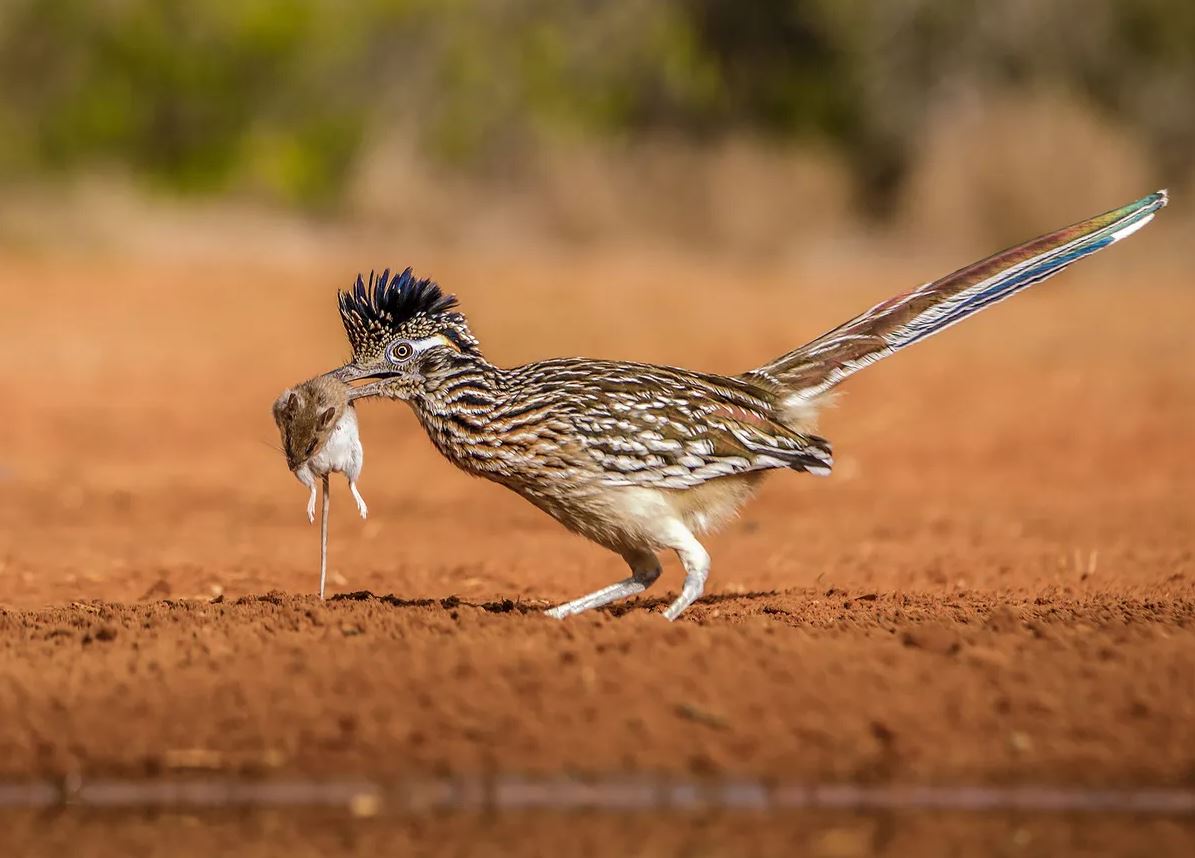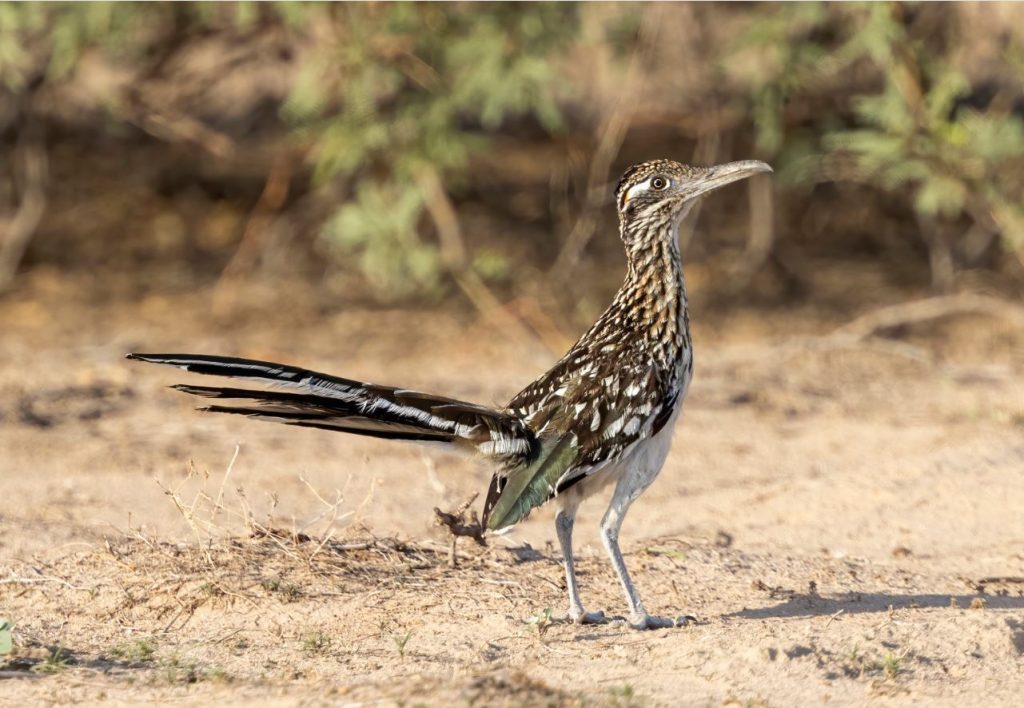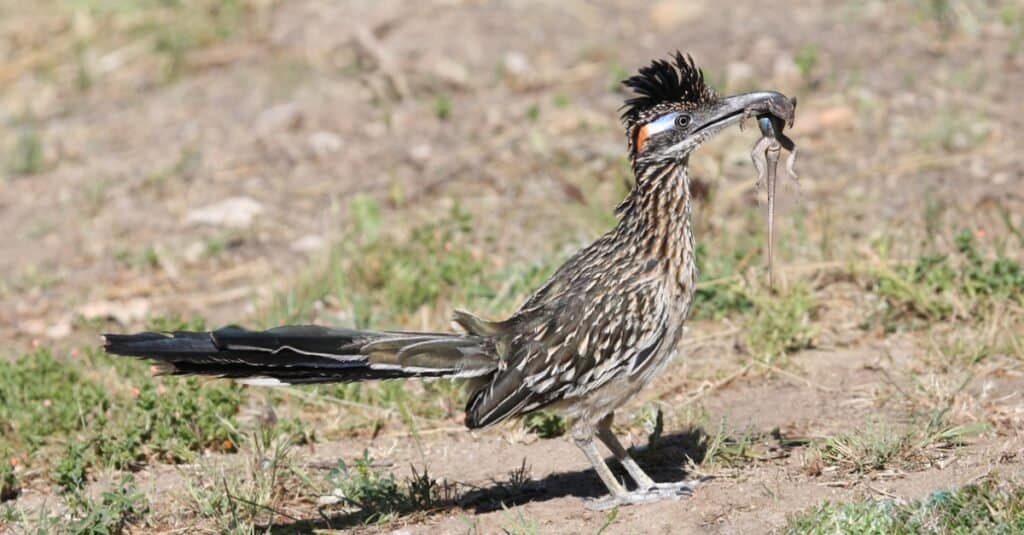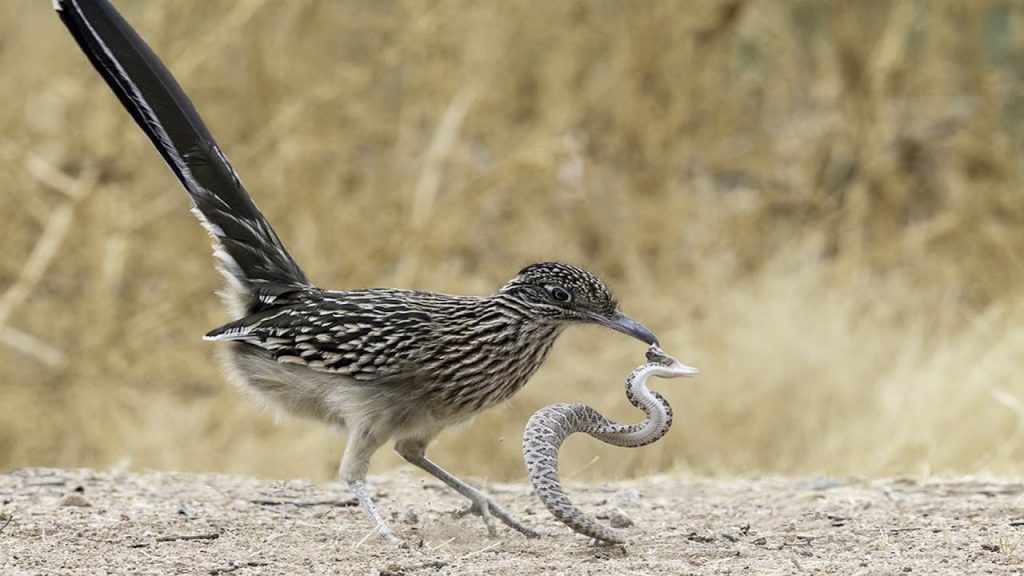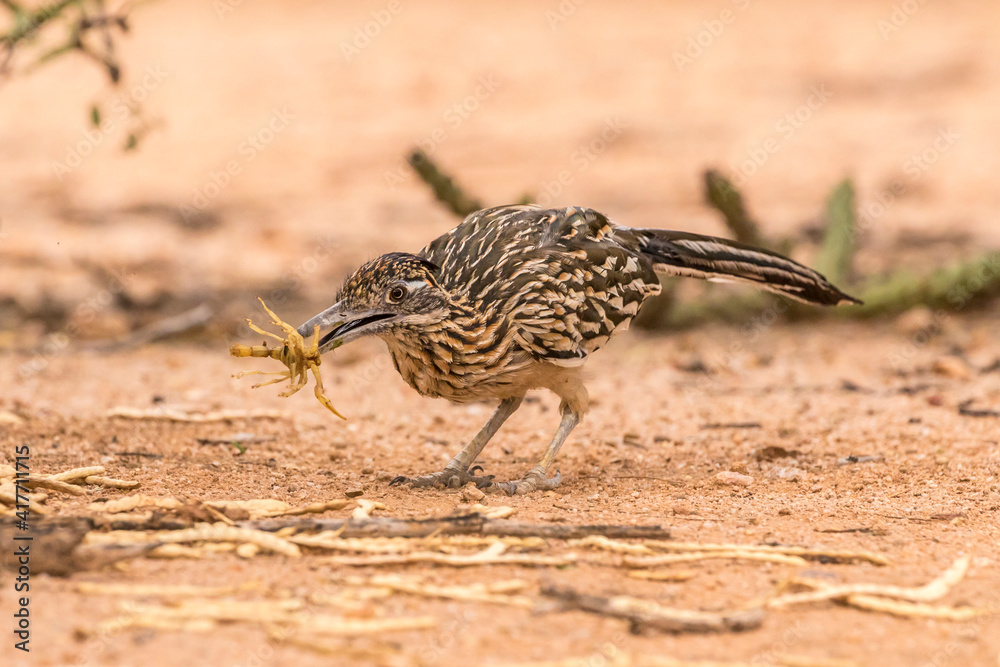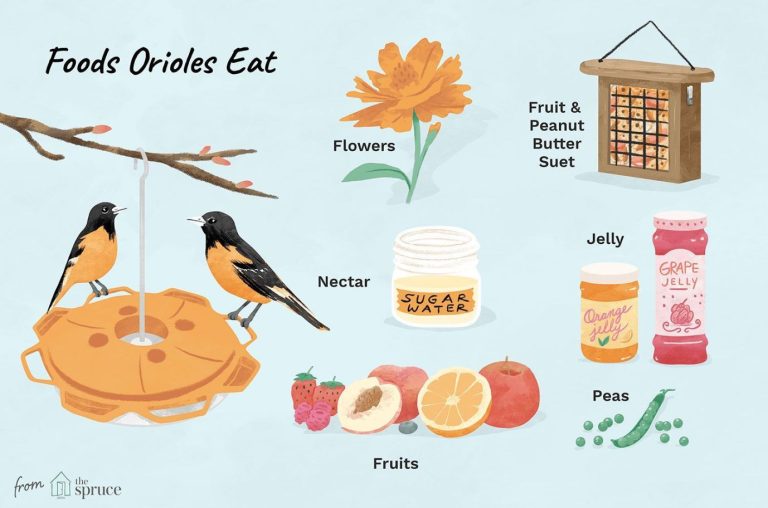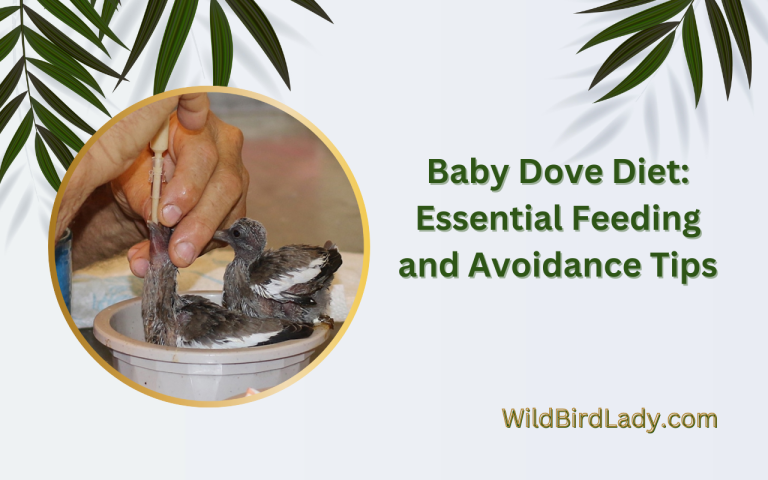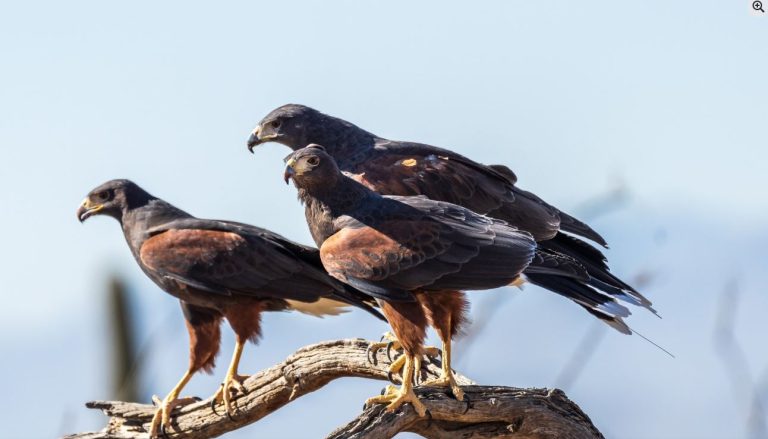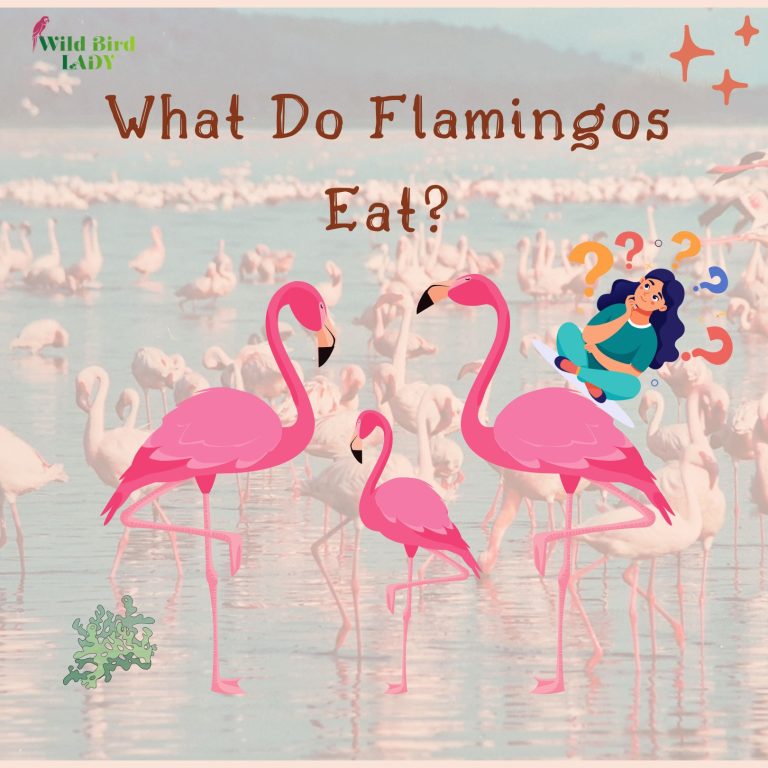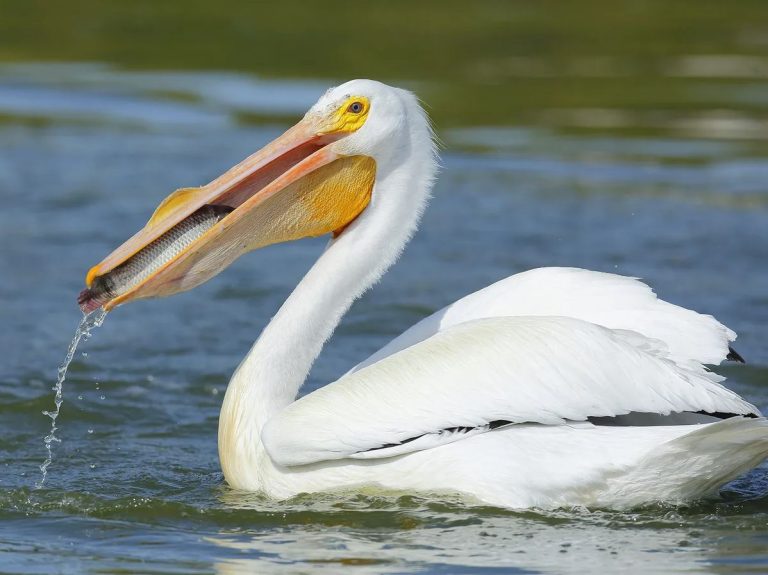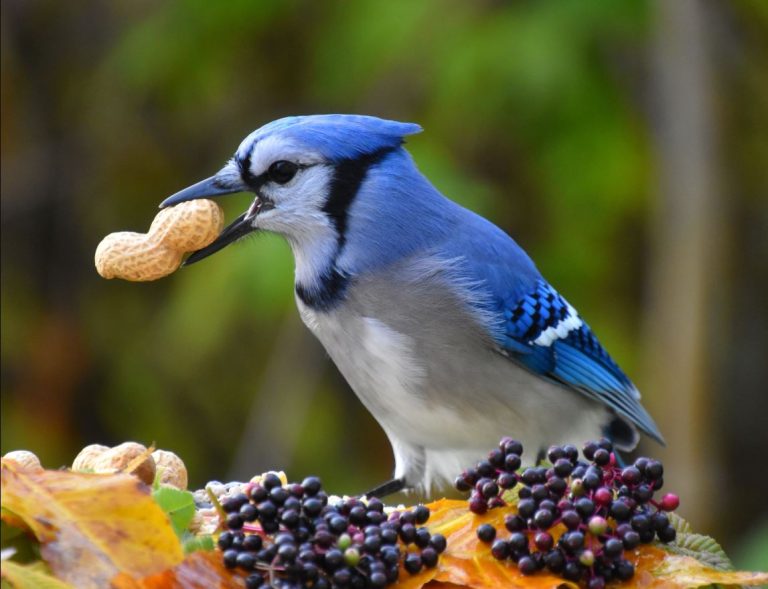What Do Roadrunners Eat? A Complete Guide to the Diet of This Desert Sprinter
From the moment I first spotted a roadrunner darting across the Arizona desert—crest raised, tail cocked, eyes focused—I was hooked. These charismatic birds, immortalized by cartoons, are so much more than just fast. As someone who has spent over a decade observing wild birds across North America, I can say with confidence that one of the most fascinating things about roadrunners is their surprising and diverse diet.
In this comprehensive guide, I’ll break down what roadrunners eat in the wild and in captivity, how their diet changes by season, and the hunting strategies that make them one of the desert’s most skilled predators. We’ll also explore how you can attract roadrunners to your yard—if you’re lucky enough to live in their range.
Introduction to Roadrunners
There are two species of roadrunners:
- Greater Roadrunner (Geococcyx californianus)
- Lesser Roadrunner (Geococcyx velox)
The Greater Roadrunner, found in the southwestern U.S. and Mexico, is the more famous of the two and the subject of this article. It’s a ground-dwelling member of the cuckoo family, capable of running up to 20 miles per hour.
Roadrunners are opportunistic omnivores with a heavily carnivorous diet. Their menu is dictated by what’s available in the arid scrubland, grasslands, and deserts they call home.
What Do Roadrunners Eat in the Wild?
Roadrunners eat a wide variety of animals and plant matter, but their diet is heavily weighted toward live prey.
Here’s a breakdown of their wild diet:
Reptiles
- Lizards (collared lizards, fence lizards)
- Small snakes, including venomous ones like rattlesnakes (more on that later!)
- Skinks and geckos
Insects and Arachnids
- Grasshoppers
- Beetles
- Crickets
- Caterpillars
- Scorpions and spiders, including black widows
- Centipedes and millipedes
Small Mammals
- Rodents such as mice, voles, and young ground squirrels
Other Birds
- Baby birds from ground and shrub nests
- Occasionally small adult birds (e.g., sparrows, finches)
Snakes
Yes, even venomous snakes—roadrunners are one of the few birds that can safely kill and eat small rattlesnakes by working in pairs or stunning them with precision strikes.
Amphibians
- Frogs and toads, especially near seasonal waterholes
Fruits and Seeds
Although primarily carnivorous, roadrunners will consume:
- Prickly pear cactus fruit
- Juniper berries
- Mesquite seeds
- Other available desert fruits
According to the Cornell Lab of Ornithology, roadrunners are classified as opportunistic omnivores, but over 90% of their diet is animal-based.
Hunting Strategies: How They Catch Their Prey
Watching a roadrunner hunt is like watching a miniature velociraptor in action.
They use a combination of speed, stealth, and stunning precision:
- Ambush predators: They often lie in wait behind vegetation and strike suddenly.
- Speed chasers: For fast-moving prey like lizards or insects, they run them down.
- Beating behavior: They repeatedly slam larger prey (like snakes or lizards) against rocks or the ground to immobilize or kill before swallowing them whole.
- Pair hunting: Especially when tackling venomous snakes, two roadrunners may work in tandem—one distracts while the other strikes.
Seasonal and Regional Variations in Diet
Like many desert-adapted species, roadrunners are opportunistic feeders, and their diet shifts noticeably with the seasons and local conditions. Over my 13 years of field observation across the American Southwest, I’ve seen firsthand how these clever birds change their menu based on what’s available. Their ability to adapt is part of what makes them such successful desert predators.
Spring and Summer: Peak Insect and Lizard Season
As temperatures rise and life bursts forth across the arid landscapes, roadrunners enjoy a buffet of protein-rich prey.
- Insects explode in numbers—especially grasshoppers, crickets, beetles, and caterpillars. I’ve watched roadrunners spend entire mornings chasing and gulping down these quick meals.
- Lizards become highly active in the warming sun, making them prime targets. Fence lizards, side-blotched lizards, and even small whiptails are common prey.
- Baby birds and eggs from ground or low shrub nests become vulnerable. I’ve seen roadrunners raid nests of sparrows and doves.
- Fruits like prickly pear cactus and desert hackberries begin to ripen, offering hydration and quick sugars.
Their diet during these months is highly varied and abundant, supporting breeding and chick-rearing.
Fall and Winter: Leaner Times, Smarter Choices
As insects die off and reptiles go dormant, roadrunners rely more heavily on mammals and hardy winter fruits.
- Rodents such as house mice, woodrats, and juvenile gophers become a primary food source. Roadrunners often hunt near burrows at dawn.
- Juniper berries, mesquite beans, and other persistent fruits help fill nutritional gaps. While not their first choice, these plant-based foods provide essential calories.
- With fewer insects around, they double down on small vertebrates, like frogs (in warmer climates) or nesting birds that haven’t migrated.
In colder desert zones like the highlands of New Mexico, I’ve noticed roadrunners becoming bolder—venturing closer to human habitation to scavenge or hunt in open gardens.
🌎 Regional Notes: Diet Across the Roadrunner’s Range
Roadrunners inhabit a diverse array of ecosystems—from dry grasslands to thornscrub and rocky canyons—so their exact diet varies by location:
- Arizona and New Mexico: I’ve frequently observed roadrunners feeding on giant desert centipedes (Scolopendra heros), which they kill with swift pecks and stunning blows.
- West Texas scrublands: Here, they seem to favor cotton rats, young jackrabbits, and even tree frogs around livestock troughs or small wetlands.
- Southern California: Near chaparral zones, their diet includes quail chicks and alligator lizards.
- Northern Mexico: They often forage for agave fruit and desert geckos, particularly in semi-arid plateaus.
This regional adaptability is one reason the Greater Roadrunner has thrived despite habitat pressures. Their willingness to diversify, both seasonally and locally, makes them an ecological success story—and a joy to observe year-round.
What Do Roadrunners Eat in Captivity?
In zoos or rehabilitation centers, roadrunners require a high-protein diet that mimics their wild foraging.
Typical captive diet includes:
- Mealworms and crickets
- Pinkie mice
- Ground beef or turkey (sparingly)
- Quail eggs
- Occasional fruits or berries for enrichment
Proper nutrition is essential for keeping roadrunners alert and active in captivity.
Can Roadrunners Eat Snakes and Scorpions?
Yes—and they do so with shocking confidence.
Snakes:
- Roadrunners are one of the few birds capable of killing rattlesnakes.
- They grab the snake by the tail, whip it violently against a rock, then consume it headfirst.
- Pairs may coordinate attacks to avoid bites.
Scorpions:
- They skillfully avoid the sting and eat scorpions whole.
- Even venomous bark scorpions are fair game.
📌 According to the Arizona-Sonora Desert Museum, roadrunners appear to be resistant to certain venoms, including those of scorpions and some snakes.
What Do Baby Roadrunners Eat?
Like most altricial birds, baby roadrunners hatch blind, featherless, and entirely dependent on their parents for food. During the first two to three weeks, both the male and female take turns delivering regurgitated meals directly into the chicks’ mouths. These meals typically consist of partially digested insects, small lizards, amphibians, and occasionally tiny rodents.
In arid environments, hydration is critical. Parents will also offer soft fruits, such as prickly pear pulp or juniper berries, to help keep chicks hydrated. As the nestlings grow and their feathers develop, they become more alert and begin to mimic adult hunting behaviors. By around 3 weeks of age, fledglings may chase small insects on their own under parental supervision. It’s a remarkable transformation—from helpless chick to fierce miniature hunter—in just a matter of days.
Roadrunners and Human Environments
In suburban areas of the Southwest, roadrunners have adapted remarkably well:
- They hunt near roadsides, gardens, and even porches.
- If bird feeders attract finches, don’t be surprised to see a roadrunner lurking.
- Pet food left outdoors can lure them, though it’s not ideal for their health.
While they’re generally shy, with patience and minimal disturbance, you can observe their daily foraging routines.
How to Attract Roadrunners to Your Yard
If you live in USDA Zones 8–11, you might be in roadrunner country.
Here’s how to invite them to your property:
✅ Do:
- Plant native desert shrubs for cover
- Provide shallow water sources
- Use rock piles or logs for basking lizards (prey)
- Keep outdoor cats indoors
❌ Don’t:
- Offer processed foods or bread
- Use pesticides that kill insects or poison prey
- Prune heavily during nesting season (spring)
Tip: In my own backyard in southern New Mexico, I’ve seen roadrunners visit regularly thanks to natural landscaping and careful habitat support.
Final Thoughts: Nature’s Feathered Predator
To the untrained eye, a roadrunner might just be a quirky desert bird. But for those of us who’ve spent time in their world, they’re intelligent, resilient, and surprisingly ruthless predators.
Understanding what roadrunners eat gives you a window into their success in the harsh desert environment. Whether it’s a rattlesnake, a grasshopper, or a juicy cactus fruit, this bird has evolved to make the most of its surroundings.
If you’re lucky enough to observe a roadrunner in the wild—pause, watch, and appreciate one of the desert’s most effective hunters in action.
FAQs About Roadrunner Diet
❓ Are roadrunners carnivores?
Mostly yes. Roadrunners are omnivores, but over 90% of their diet consists of meat from insects, reptiles, rodents, and small birds.
❓ Do roadrunners eat snakes?
Absolutely. They’re known for killing and eating even venomous snakes.
❓ Do roadrunners eat fruit?
Yes, especially in dry seasons. They eat fruits like prickly pear, juniper berries, and mesquite pods.
❓ Can roadrunners be dangerous to other birds?
Yes. They occasionally raid nests and eat baby birds or small adult birds.
❓ How do roadrunners kill prey?
By slamming it against hard surfaces or pecking it repeatedly until immobilized.

